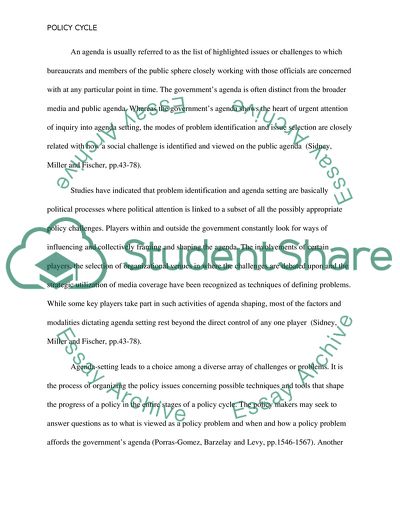Cite this document
(The Concept of Policy Cycle Coursework Example | Topics and Well Written Essays - 3250 words, n.d.)
The Concept of Policy Cycle Coursework Example | Topics and Well Written Essays - 3250 words. Retrieved from https://studentshare.org/social-science/1826076-new-directions-in-public-services
The Concept of Policy Cycle Coursework Example | Topics and Well Written Essays - 3250 words. Retrieved from https://studentshare.org/social-science/1826076-new-directions-in-public-services
(The Concept of Policy Cycle Coursework Example | Topics and Well Written Essays - 3250 Words)
The Concept of Policy Cycle Coursework Example | Topics and Well Written Essays - 3250 Words. https://studentshare.org/social-science/1826076-new-directions-in-public-services.
The Concept of Policy Cycle Coursework Example | Topics and Well Written Essays - 3250 Words. https://studentshare.org/social-science/1826076-new-directions-in-public-services.
“The Concept of Policy Cycle Coursework Example | Topics and Well Written Essays - 3250 Words”, n.d. https://studentshare.org/social-science/1826076-new-directions-in-public-services.


